2025 Author: Erin Ralphs | [email protected]. Last modified: 2025-01-22 21:14:11
A bit of history. In 1945, Agostino D'Ascanio, a famous Italian aircraft designer who worked at the Piaggio factory, designed an unusual and amazing machine for those times, which soon became known as the "motor scooter". This word itself was used before, but it was used to designate motor scooters, which were built independently by young technicians. We didn't have scooters back then. This miracle of technology was small, cheap and maneuverable. The author of this invention developed the idea further, made several modifications of the scooter, the most popular of which was a three-wheeled small truck. Starting in April of the following year, in 1946, the Piaggio plant began to mass-produce this miracle car. And two years later, the car was already being produced in many countries.
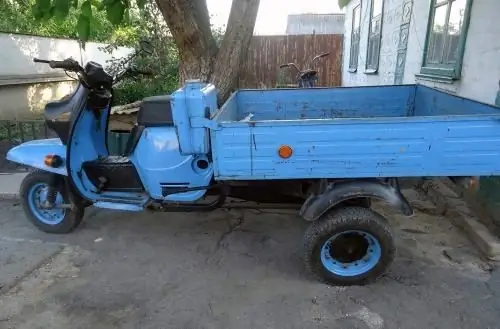
After a while, this car attracted the attention of the Soviet leadership. In 1956, the Decree of the Council of Ministers was adopted on the start of production of such machines in the Soviet Union. And already on July 7, 1956, the Tula plant was instructed to produce 2,500 cars by the end of the year. An experimental batch was madesuch scooters called "T-200 Tulitsa". It should be noted here that this brand was still a two-wheeled, and not a cargo model.
In 1957, designers I. G. Lerman and V. S. Makhonin designed a cargo scooter based on the T-200. They made it in two versions. "TG-200K" - with a body, "TG-200F" - modification with a van. After that, an experimental batch of devices was released in the amount of 999 pieces. These cargo scooters began to be used for intra-factory transportation, where it became clear that they were excellent for this purpose. Then the machines were supplied by the economic services of the city. They showed themselves perfectly and became in demand. The following year, the production of these machines was included in the state order.
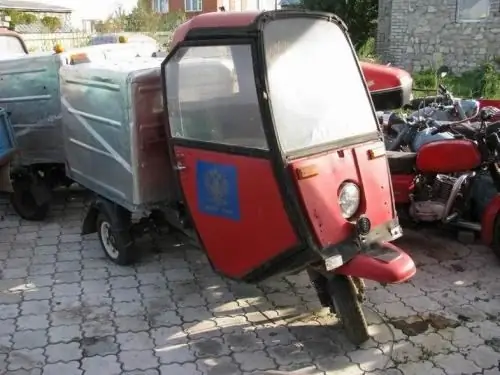
In 1969, the basic, basic model was replaced by another, more advanced one. This machine was given such a designation as "TGA-200". And she got her own name. She was called the scooter "Ant". Compared to the previous model, the power has increased by 40 percent. The improved motor was called "T200A" and installed on the "Ant" scooter. So it was released in 1980-1985.
1987-1989 were the best in the production of Tula cargo scooters. Since 1987, "Ant-2" began to be produced. Its maximum load was 315 kilograms.
Motor scooter "Ant". Features
The car could climb up to 40 degrees, could go off-road withmaximum speed of 3 kilometers per hour. This cargo scooter was exported to 21 countries of the world. The production of the machine continued until 1995.
In short, here are the modifications of this machine. First it was "TG-200" (motor scooter "Ant"), then "T-200M" - its modification, then "Tourist" was released, after - three modifications of "Ant-2".
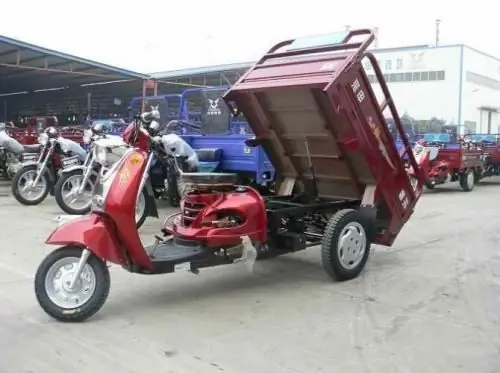
In 2009 JSC "AK" Tulamashzavod "decided to try to produce this scooter again. Information was given about a prototype called "GTS-1". A possible price was indicated: 100,000 rubles. But further mentions of the development of this project could not be found.
It should be noted that the "Ant" scooter, despite its small size, left a noticeable mark in the history of the Soviet automotive industry and remains relevant to this day.
Let's talk about the car itself. Despite the fact that many years have passed since the cessation of production in 1995, the Ant scooter is still actively used. Its technical characteristics are as follows:
- he has a top speed of 60 kilometers per hour;
- carrying capacity - 280 kilograms;
- 240 kg own weight;
- engine power - 12 horsepower.
It has a high cross-country ability and is indispensable in farming in rural areas.
Recommended:
Electro-turbine: characteristics, principle of operation, pros and cons of work, do-it-yourself installation tips and owner reviews
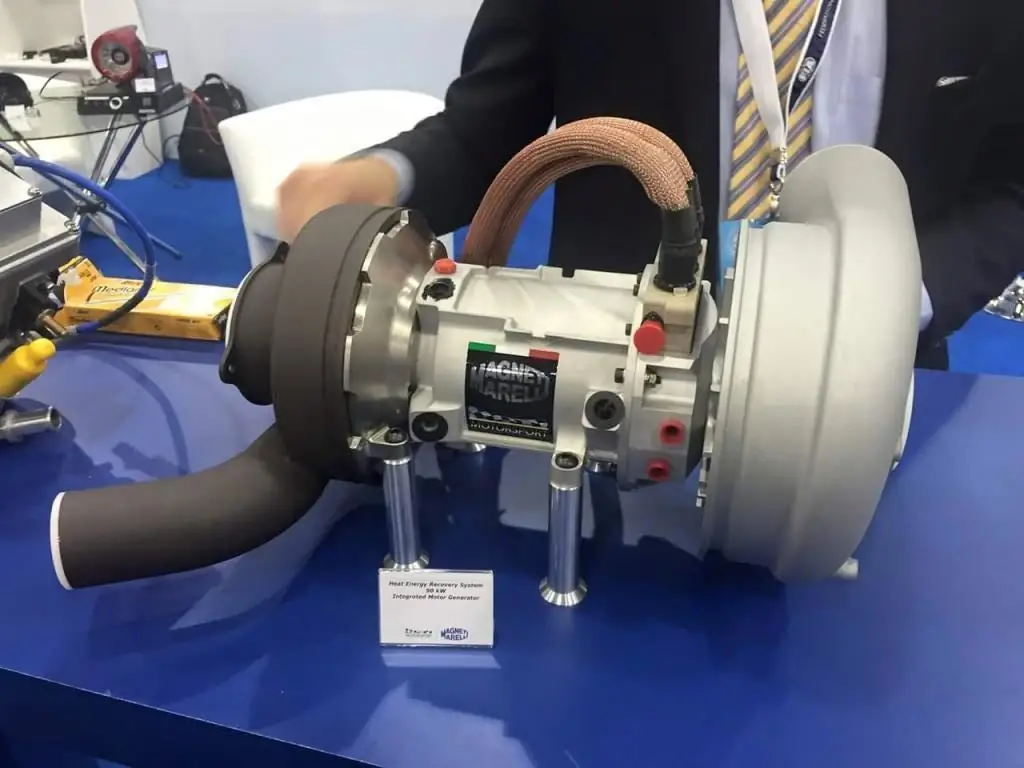
Electric turbines represent the next stage in the development of turbochargers. Despite significant advantages over mechanical options, they are currently not widely used on production cars due to the high cost and complexity of the design
139QMB (scooter engine): characteristics and device

Engine for scooter 139QMB. Engine development history, features and specifications. Engine tuning 139QMB
Electric scooter - reviews. Electric scooter for adults. Electric scooter for children
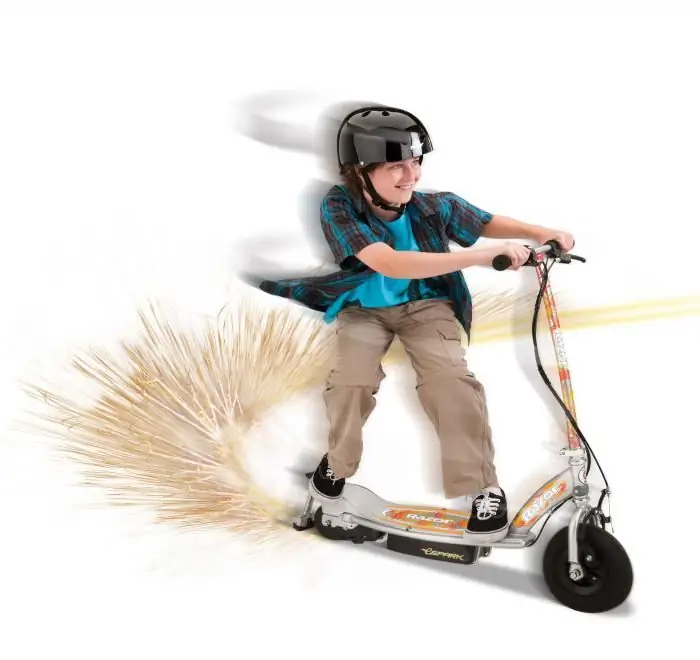
No matter which electric scooter you choose, it will allow you to enjoy relaxing walks in the park or immerse yourself in the world of outdoor activities
Carburetor and injector: difference, similarities, advantages and disadvantages of carburetor and injection engines, principle of operation and expert reviews
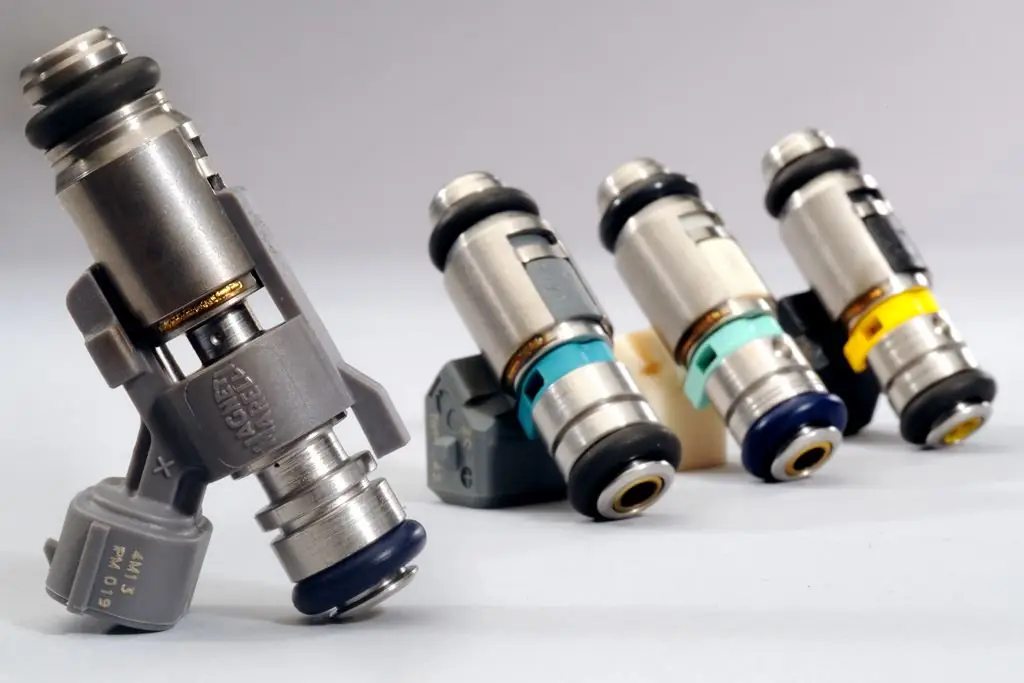
For more than a hundred years, the car has firmly established itself in our lives. During this time, managed to become a familiar, everyday means of transportation. Let's see what the difference is between a carburetor and an injector, what advantages and disadvantages they have
The spark on the scooter disappeared: possible causes and their elimination. Do-it-yourself scooter repair

Scooters today are relevant, popular and practical vehicles. They can be successfully used by people of all ages

